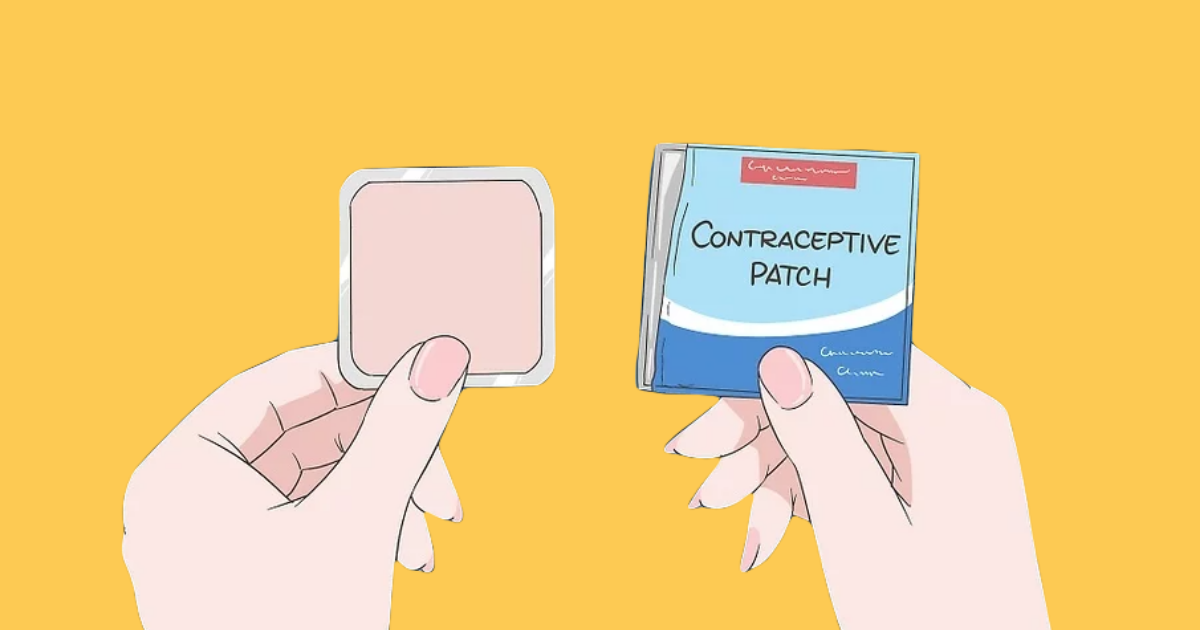Realising you missed your birth control pills can be a scary and stressful experience, and we know that. So here’s a step-by-step guide on what you can do to ease your worries!
Perhaps you were running late and in a moment of panic, you couldn’t afford to indulge in your regular morning routine. Or you didn’t purchase your refills in time and realised it was way too late.
Whichever’s the case, missing your birth control pills can most definitely leave you in a flurry, especially when you have devoted yourself to it. But alas, it happens so don’t beat yourself up about it! Thankfully, there are ways to manage this (mini) crisis.
If you missed your pills, your next line of action should take into consideration:
- Number of pills you have missed
- When you missed the pill (how far in are you with your pack)
- Type of birth control pill you’re on (combined contraceptive pill or the progestogen-only pill)
The information leaflet that comes with your contraceptive pills should also have stated specific instructions on the steps you should take regarding the specific brand of birth control you are on.
Symptoms you may notice if you missed your pills
If you aren’t 100% sure, there are several symptoms that are pretty clear indicators you missed taking your birth control pills. The most common side effect is light bleeding or starting your period. You may experience menstrual cramps and nausea associated with it.
Typically, there’s nothing to worry about and everything should return to normal once you’re back on the contraceptive pills regularly!
Combined contraceptive pill
The combined contraceptive pill contains both estrogen and progestin. There is a great variety of combined contraceptive pills you can choose from but some of the common combination pill brand names include Yaz, Yasmin, Microgynon 30, Liza, Mercilon and Drospera. A combination pill is considered “missed” if you don’t take it for 24 hours or more after you were supposed to.
If you are late (less than 24 hours) or missed (24 to 48 hours) an active pill
You’re still protected against pregnancy if you missed 1 pill anywhere in the pack or started a new pack 1 day (24 hours) late.
Follow these steps:
- Take the late or missed pill immediately
- Continue taking the remaining pills at the usual time (even if it means taking two pills on the same day)
- Take the 7-day pill-free break as prescribed or if you’re on an everyday pill, take the inactive pills
- Emergency contraception is not usually needed but can be considered if hormonal pills were missed earlier in the cycle or in the last week of the previous cycle
- No additional contraceptive protection (e.g. condoms) needed
If you missed two or more active pills (48 hours or more)
When this happens, it greatly increases your chances of ovulation. In this case, when you missed 2 or more active pills anywhere in the pack or started a new pack only after 2 days (48 hours) or more, you may not be protected against pregnancy.
What you should do:
- Take the last pill that you missed immediately even if it means taking 2 pills a day
- Discard any earlier missed pills
- If the missed pill is within:
- Week 1 (pills 1 to 7) or Week 2 (pills 8 to 14) of the pack:
- Continue to take the active pills in your current pack daily
- Take the inactive (sugar) pills or a 7-day break
- Begin a new pack the next day
- Week 3 of the pack (pills 15 to 21):
- Continue to take the active pills in your current pack daily
- When you have finished taking all the active pills, discard the pack
- Don’t take the inactive (sugar) pills or a 7-day break, begin a new pack the next day
- Week 1 (pills 1 to 7) or Week 2 (pills 8 to 14) of the pack:
- Consider taking emergency contraception if you missed 2 or more pills during the first week of a pack and/or had unprotected sex in the last 7 days
- Use extra contraception (i.e. condoms) or abstain from sex for the next 7 days
If you missed inactive pills
If you miss 1 or more inactive (sugar) pills, simply throw away the missed pills and take the next pill at the usual time. Remember, you also have to stay on track with your active pills as there should be no more than 7 consecutive active pill-free days between packs.
Missed birth control pills: a brief overview
| Scenario | Recommended Actions | Emergency Contraception | Back-up Birth Control |
| Late or missed 1 active pill | – Take the late or missed pill immediately – Continue taking the remaining pills at the usual time (even if it means taking two pills on the same day). | Consider only if you missed the pill earlier in the pack or in the last week of your previous pack | Not required |
| Missed 2 or more active pills | – Take the last pill that you missed immediately even if it means taking 2 pills a day – Discard any earlier missed pills If you missed the pill within week 1 – 2 of the pack (pills 1 to 14): – Continue to take the active pills in your current pack daily – Take the inactive (sugar) pills or a 7-day break, begin a new pack the next day If you missed the pill within week 3 of the pack (pills 15 to 21): – Continue to take the active pills in your current pack daily – Skip the inactive (sugar) pills or 7-day break, begin a new pack the next day | Consider only if you missed 2 or more pills during the first week of a pack and/or had unprotected sex in the last 7 days. | Use extra contraception or abstain from sex for the next 7 days |
| Missed 1 or more inactive pills | – Discard missed pills and take the next pill at the usual time | Not required | Not required |
Progestogen-only pill or mini pill
Unlike the combined contraceptive pill, progestogen-only pills (aka mini pills) contain progestin and not estrogen. They are taken continuously without any hormone-free breaks.
If you missed a pill within the 3-hour (mini pills) or 12-hour window period (desogestrel pill)
You will still be protected against pregnancy if you are:
- Less than 3 hours late in taking a progestogen-only pill
- Less than 12 hours late in taking a desogestrel pill
What you should do:
- Take your missed pill as soon as you remember
- Take your next pill at the usual time
- There’s no need for an additional form of contraception or emergency contraception even if you’ve had unprotected sex
If you missed a pill for more than 3 hours (mini pills) or 12 hours (desogestrel pill)
Heads-up, according to the National Health Service, you’re likely unprotected against pregnancy!
What you should do:
- Take 1 pill as soon as you remember even if you have missed more than 1 pill
- Take your next pill at the usual time – this may mean taking 2 pills in a day (1 when you remember and the other at the usual time) which is totally okay to do so
- Continue taking your remaining pills daily at the same time
- You may need emergency contraception if you’ve had unprotected sex in the last 5 days
- Use back-up contraceptives for the next 2 days (48 hours) after taking the missed pills or simply refrain from having sex
Useful tips to help you remember to take your pills on time
Whether or not you’re trying out a new routine to remind yourself to take the pill or ensuring you’re way more well-equipped after your first “missed birth control pill” scare, the following list of tips we’ve compiled will definitely help you.
- Opt for another birth control method such as the patch as it only needs to be changed once a week
- Set a recurring alarm or reminder on your phone
- Use a birth control pill reminder application
- Incorporate it into your daily routine
- Place the pills in an easily noticeable spot (e.g. bedside table, beside your toothbrush)
- Get your partner to remind you
Seek help if you need to
We totally get that it can be real confusing knowing you missed your pill and the follow-up steps taken vary depending on what type of birth control pill you’re on. But hopefully, this condensed guide can be your saving grace in times of need (and that you won’t be referencing it anytime soon!).
Feel free to reach out to Siena’s doctors, if you are unsure which instructions pertain to your oral contraceptive pills or to discuss any other concerns you may have with your birth control method.
References:
- Centers for Disease Control and Prevention. (n.d.) Recommended Actions After Late or Missed Combined Oral Contraceptives. https://www.cdc.gov/reproductivehealth/unintendedpregnancy/pdf/248124_fig_2_3_4_final_tag508.pdf
- Harding, M. (2014, 24 November). Missed Contraceptive Pills. https://patient.info/doctor/missed-contraceptive-pills.
- National Health Service. (2019, August 6). What should I do if I miss a pill (progestogen-only pill)? https://www.nhs.uk/conditions/contraception/miss-progestogen-only-pill/.
- WebMD. (2020, August 5). Miss a Birth Control Pill? Side Effects, What to Do. https://www.webmd.com/sex/birth-control/missed-birth-control-pill.






